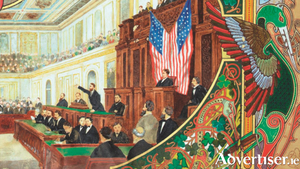Search Results for 'magistrate'
10 results found.
Faction fighting and duelling in County Mayo
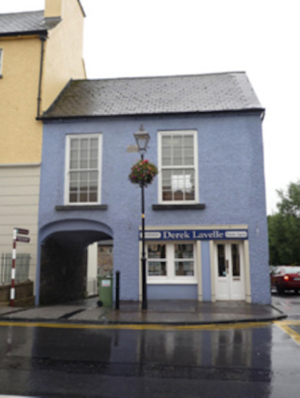
Faction fighting and duelling were common in Mayo well into the 19th century. Duelling with swords or pistols was the preserve of gentleman and military men. On the other hand, faction fights were fought with sticks, clubs, stones, and other instruments of bludgeon by large numbers of people who gathered after Mass or at fairs, patterns, or other events.
Corruption, abuse of power and mismanagement in public office
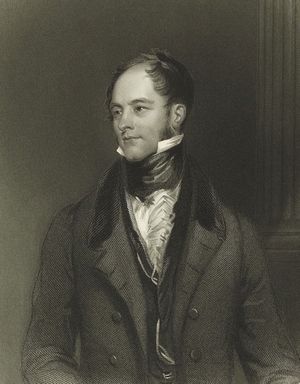
One does not have to dig very deep into the archives to find evidence of wholescale corruption, pervasive nepotism, and general theft of public monies by public representatives and officials in nineteenth-century Mayo.
‘An unbroken history of more than one hundred years’
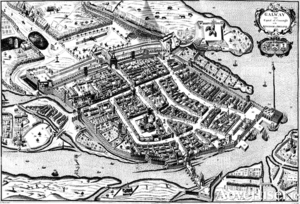
In 1831 Patrick Broderick, from Loughrea, was charged with insurrectionary crimes at the Galway Assizes, and cruelly sentenced to spend the rest of his life in a criminal colony ‘beyond the seas’ in New South Wales, Australia. He was barred from ever returning to his native land. His wife Mary, son John and daughters Ann and Catherine, were left destitute on the infamous Clanricarde estate, one with more than 2,000 tenants.
The Lynch window

In 1807, the Reverend Edward Mangin wrote a three-volume romantic novel entitled George the Third in which he headed one of the chapters “Which would not have appeared had it not been written”. In it he invented a story about the Mayor of Galway, James Lynch Fitzstephen, hanging his son. Thirteen years later James Hardiman published his History of Galway in which he slightly changed, and greatly elaborated on, the story. This gave Mangin’s story a much wider audience, especially in this country, and so the legend became history. It was copied by many writers over the last 200 years, books written, plays written, films made, etc.
Merlin Park House
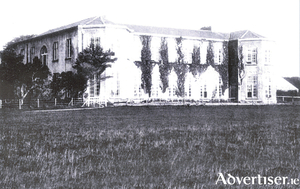
The Blake family started work on the construction of Merlin Park House in 1808 and it was completed in 1812. It cost £12,000 to build and provided much needed employment for many local skilled workers and labourers. Getting materials to the location proved difficult – it was said that more than 40 mules were used to transport goods and building materials from Galway to the site.
‘A Shaking of the Dry Bones’ - Achill Island in the 1830s
On the eve of the Great Famine there was a terrible scandal in Kinvara, Co Galway. William Burke, who had served as a Catholic priest for 13 years, announced to his congregation that he was leaving the church and becoming Protestant. The people were so angry that about 2,000 pursued his carriage and hurled abuse at him. Two other clergymen and police protection were required to keep him safe.
Galway watched its new bishop with some amazement
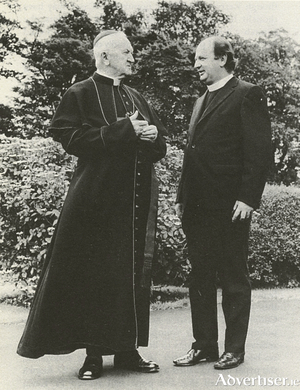
On Sunday September 19 1976 the former bishop of Kerry, Eamonn Casey, succeeded to the See of Galway. He had been appointed some months beforehand, but was delayed by his long goodbye tour of Kerry. The people of Kerry were heartbroken to lose him.
The rise of a county capital
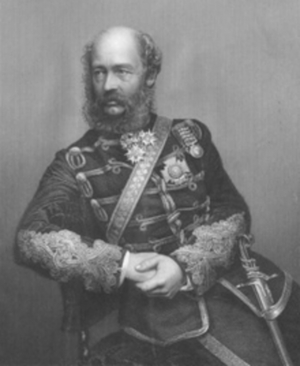
It is three years to the month since the signing into law by President Higgins of the Local Government Reform Act 2014. The act abolished Ireland’s 80 town councils as part of a range of measures designed to reform local administration. Three of those town councils operated in the Mayo towns of Ballina, Westport, and in the county capital, Castlebar. The debate continues as to whether the abolition of an entire tier of local government was largely beneficial or harmful. It may take longer than three years for any lasting effects to register themselves.
An Unusual connection between Breaking Bad and ‘Eva of the Nation’

Most of us are mad jealous that we cannot claim some kind of connection with Caherlistrane. A new book by Mary J Murphy* manages to link the north Galway parish with an extraordinary number of writers, artists, singers, poets, actors, and historical personalities, that leave all other parishes in Ireland bereft of personality and character. There can be no other competition. We are all characterless by comparison to Caherlistrane.
